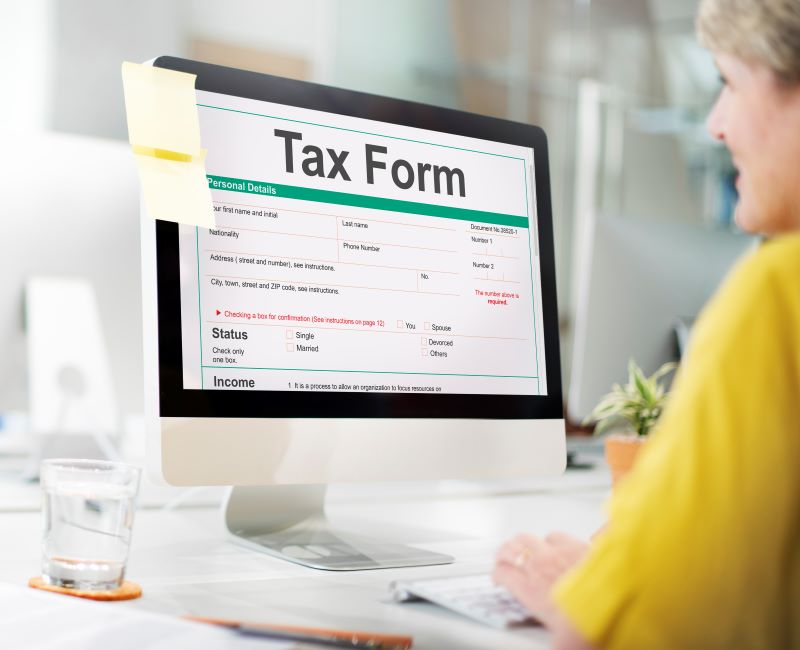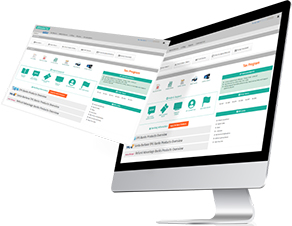Tax software pricing can be complex, especially with so many options out there. Pay-per-return is one model that might catch your eye. But what does it really mean for your tax business? Let’s explore how this pricing works and why it could be the perfect fit for your needs.
What is Pay-Per-Return?
Pay-per-return (PPR) is when your tax preparer software charges a set fee for each return you pay and file. You pay, say, $40 per return and nothing else. How you decide to bill your clients–whether a flat fee or a percentage–doesn’t change what you pay to use the software. The fixed fee allows you to easily budget without worrying about unexpected costs.
Pay-Per-Return vs. Revenue Sharing
PPR is a software pricing model where you pay a set fee for each tax return file. Conversely, revenue sharing involves paying a percentage of the revenue generated from each return.
Here’s a table comparing the two pricing models:
| Feature | Pay Per Return (PPR) | Revenue Sharing |
|---|---|---|
| Pricing Structure | Fixed fee per return (e.g., $40 per return) |
Percentage of revenue paid to the vendor (e.g., 40% of $350 = $140) |
| Additional Fees | None | This may involve extra fees |
| Profitability | You keep more profit | Profits reduced by percentage and extra fees |
| Complexity | Simple and predictable | More complex with added costs |
| Support | Typically includes support | May lack adequate support |
Why Pay-Per-Return Works for Your Tax Business
Using pay-per-return professional tax software means you pay a set fee every time you file a tax return. Unlike revenue sharing, where you pay a percentage of the sales you generate, PPR gives you predictable costs. Fixed monthly payments allow for better budget planning. You can better allocate resources knowing what your expenses will be each month.
Minimizing Costs with Pay-Per-Return Software
Cutting costs with PPR software requires focusing on three key areas:
1. Track Each Return Carefully
Knowing where your money goes allows you to spot unnecessary expenses and manage your budget more effectively.
2. Use Tools that Speed Up Work
Faster processing lowers costs. Automation reduces errors and frees up time to handle more returns.
3. Match Your Software Usage to Your Workload
During slower periods, file only what’s necessary. This approach keeps expenses aligned with your current needs.
What to Look for in Pay-Per-Return Software
When picking PPR software, focus on what’s important. You need something reliable that fits your business. Here’s what else to look for:
- Transparent Pricing: You want clear costs per return. No hidden fees.
- Comprehensive Support: You want year-round, easy-to-access support. Preferably, that support should be US-based or come directly from the software provider–they should be the experts, after all.
- Multi-User Access: It should be easy to add additional users without extra fees.
- Ease of Use: It should be able to work with your already existing computer systems without any additional installations.
- Coverage: The software should already cover all 50 states without additional software packages or upgrades needed.
Balancing Your Costs with Pay-Per-Return
The beauty of PPR lies in its flexibility. You’re not locked into a rigid pricing structure. As your workload changes, your costs adjust with it. This allows you to manage your budget more effectively and focus on growing your business without unnecessary financial strain. As your business grows, your costs remain in check. You only pay for what you use, keeping expenses aligned with your workload.
It is important to note that once you grow your business to a certain number of returns, switching to a flat fee pricing model will allow you to file unlimited returns. Be sure to compare tax software pricing every so often.
Future Trends in Tax Software Pricing
Pay-per-return is a proven software pricing model, but new trends are emerging. One trend to watch is AI-driven pricing. Tax software that adjusts prices based on workload or the time of year could be on the horizon. Another trend might involve subscription-based add-ons. You could choose to pay for ongoing updates or premium features. There are many different ways to streamline your costs.
A Pay-Per-Return Pricing Model Scales with Your Business
Switching to pay-per-return might feel like a big step, but it can put more control in your hands. Instead of sharing your hard-earned revenue, you get to keep a clear, predictable income from each return. This model grows with your business, giving you the freedom to scale without worrying about losing a cut of your profits.





